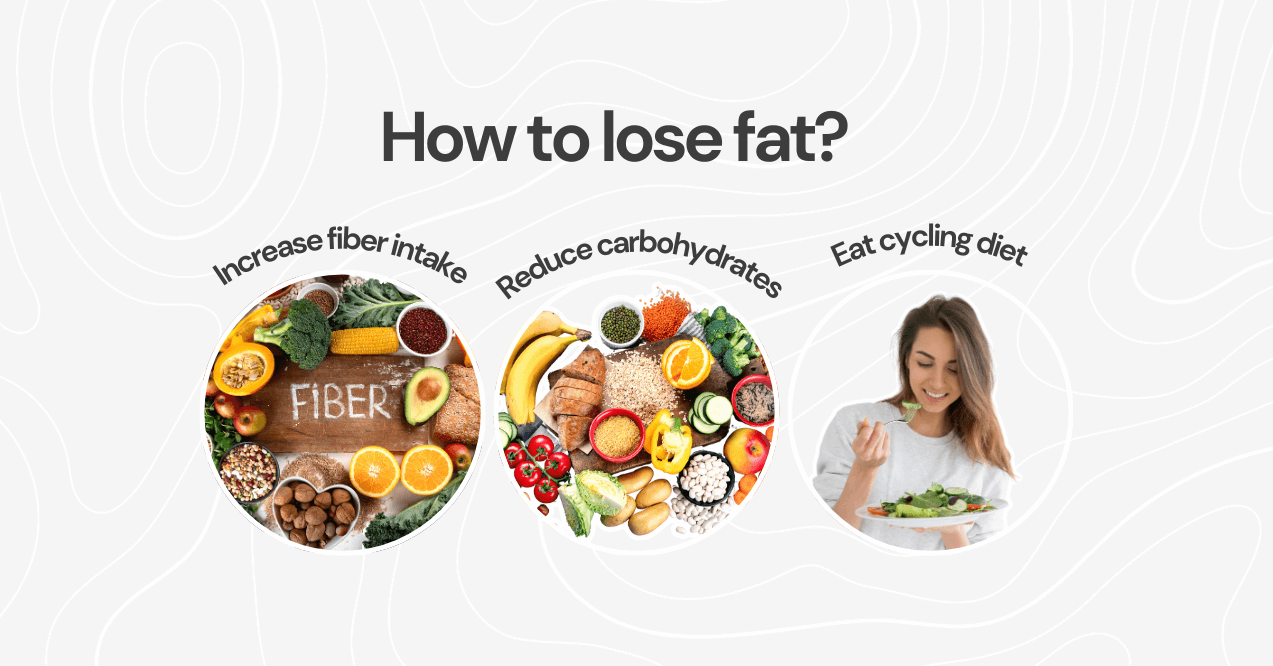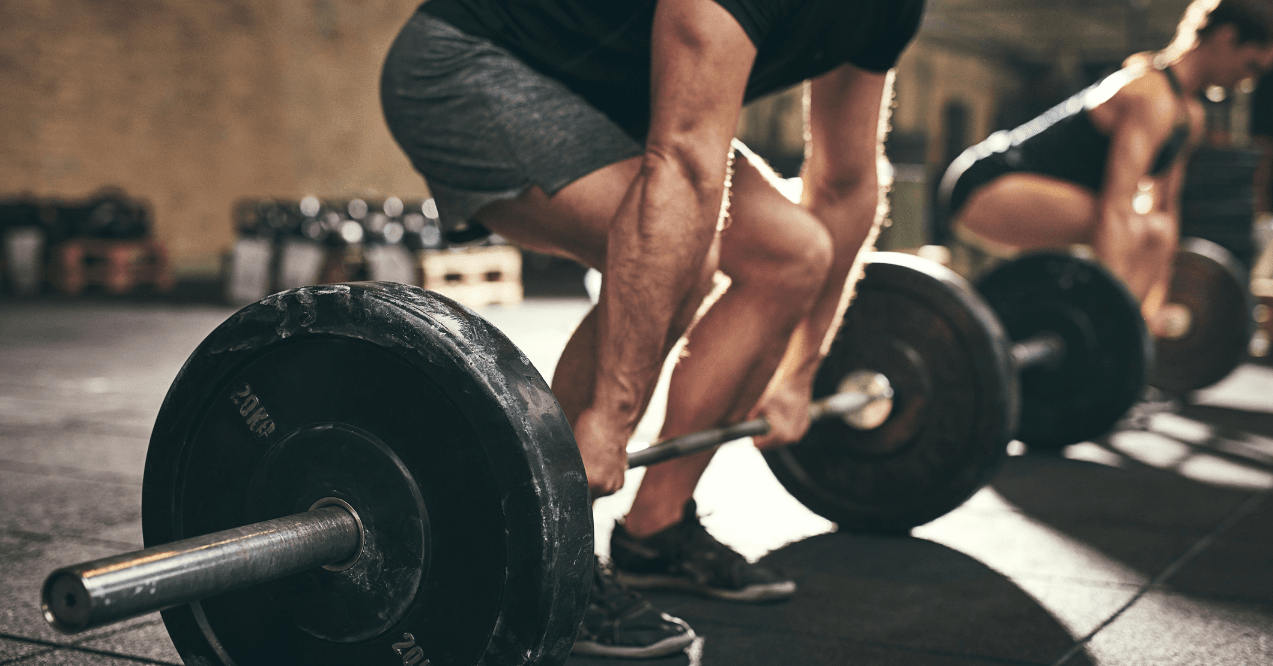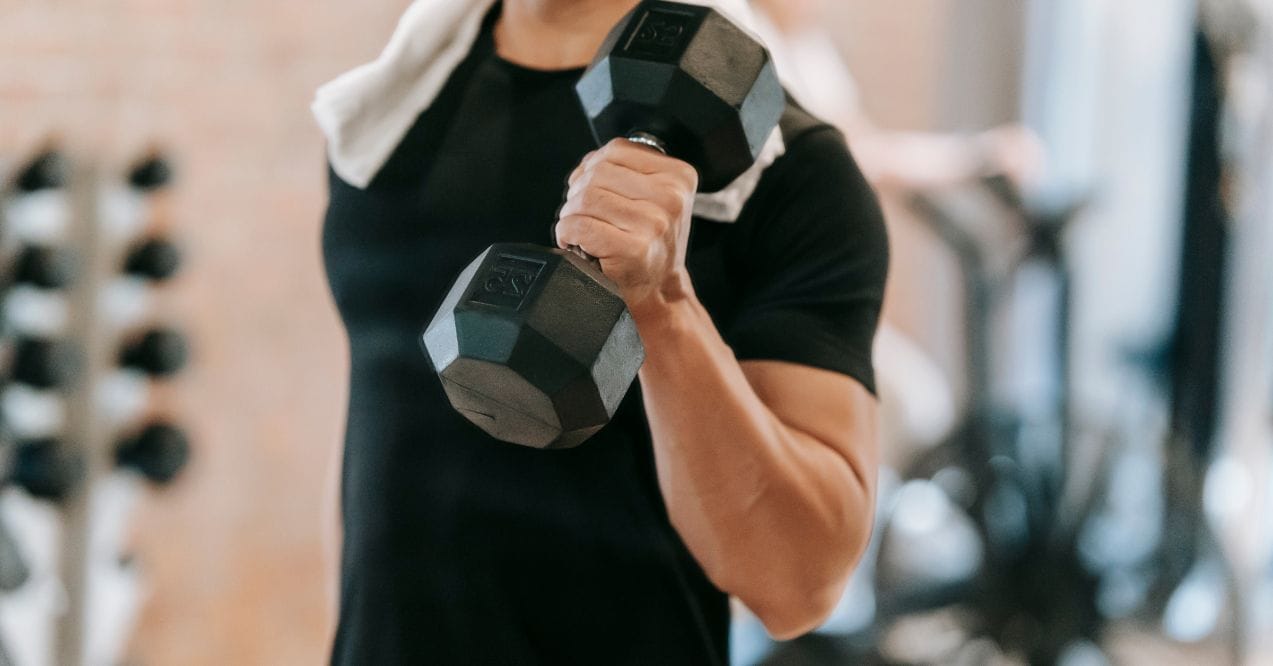What is Body Recomposition? The Key to Fat Loss and Muscle Gain
What is body recomposition? It’s the process of losing fat while building muscle at the same time, transforming your physique beyond what a scale can measure. This approach focuses on changing your body’s composition rather than just dropping weight.
When working towards body recomposition, understanding how to fuel your workouts effectively with performance supplemens can make a difference. Questions like how long does pre workout last or whether taking pre workout before running is a good idea are common among those striving to maximize performance.
Key Takeaways:

What is body recomposition?
What is body recomposition? Body recomposition goes beyond the numbers on your scale. While traditional weight loss focuses solely on seeing lower numbers and following a cutting workout plan, recomp aims to improve your body’s ratio of muscle to fat. This process transforms how you look and feel without obsessing over weight.
Your body composition is made up of two elements:
- Lean mass: Includes muscles, bones, and organs that support body functions.
- Fat mass: Includes both essential fat protecting organs and stored fat used for energy.
In body recomposition, the goal is to:
- Reduce excess fat with a balanced diet and exercise.
- Build muscle tissue to create a leaner, stronger physique.
Is body recomposition possible? Your body can indeed build muscle while losing fat, though this process requires patience and consistency. The key lies in creating the right environment through strategic exercise and nutrition choices.
This approach is particularly effective for those looking to develop a toned, sculpted physique without excessive bulk. For women aiming to achieve muscle definition while maintaining a lean frame, understanding how to build lean muscles for females is essential. A well-structured strength training routine, combined with adequate protein intake and progressive overload, can help enhance muscle tone without unnecessary mass gain.
How does body recomposition work?
Body recomposition works by balancing fat loss and muscle growth. Unlike traditional dieting or bulking, this method requires a coordinated approach to both nutrition and exercise.
To lose fat, your body needs to be in a slight caloric deficit, meaning you consume fewer calories than you burn. However, this deficit should be small enough to avoid muscle loss. At the same time, building muscle requires:
- Adequate protein intake to support muscle repair.
- Resistance training to stimulate muscle growth.
- Proper recovery to allow muscles to rebuild stronger.
The key is finding the right balance, where your body uses stored fat for energy while simultaneously building lean muscle mass.your body uses stored fat for energy while simultaneously building lean muscle mass.
How can you turn fat into muscle? Technically, you can’t convert fat directly into muscle – they’re different types of tissue. Instead, your body breaks down fat tissue for energy while building new muscle tissue through protein synthesis. This simultaneous process creates the appearance of fat “turning into” muscle.
The success of body recomposition relies heavily on:
- Maintaining a small caloric deficit (10-20% below maintenance)
- Consuming adequate protein (1-2.2g per kg of body weight)
- Following a structured resistance training program
- Getting sufficient sleep and recovery
- Managing stress levels
How long does body recomposition take?
The timeline for body recomposition varies depending on several factors, including:
- Your starting point
- Consistency with training and nutrition
- Sleep quality and stress management
- Age and hormonal balance
- Genetic factors
Most people notice initial changes within 8-12 weeks, but visible transformations typically take 3-6 months of consistent effort. Some may see faster progress, while others may require more time depending on how their body responds.
Instead of focusing on scale weight, track progress using these methods:
- Progress photos to visualize changes.
- Body measurements to track fat loss and muscle gain.
- Strength improvements to measure performance gains.
Your body recomposition journey will differ from others. Beginners often experience quicker results as their bodies respond more rapidly to new training. More experienced individuals might see slower progress, but significant changes are still achievable with the right approach.
For anyone looking to fine-tune their strategy, tools like an Intermittent Fasting Calculator can help you optimize fasting periods and meal timing for better results.
How to lose fat?

Losing fat while preserving muscle requires a strategic approach. The key is creating a modest caloric deficit while ensuring you get enough nutrition to protect muscle tissue.
A successful fat loss strategy involves:
- Creating a sustainable caloric deficit
- Maintaining high protein intake
- Incorporating regular cardiovascular exercise
- Staying hydrated
- Getting adequate sleep
These elements work together to support fat loss while maintaining muscle mass.
Increase Fiber Intake
Fiber plays a crucial role in fat loss by:
- Keeping you fuller for longer
- Supporting digestion
- Stabilizing blood sugar levels
- Improving nutrient absorption
- Promoting gut health
Focus on adding vegetables, legumes, and whole grains to your meals. These foods provide the fiber you need and are rich in essential nutrients. Aim for a variety of colorful vegetables to maximize nutrient intake.
Reduce carbohydrates
Moderating carbohydrate intake, particularly from processed sources, can support fat loss goals. This doesn’t mean eliminating carbs entirely – instead, focus on:
- Choosing whole grain sources
- Timing carbs around workouts
- Limiting refined sugars
- Including plenty of vegetables
- Selecting complex carbohydrates
Strategic carbohydrate intake helps maintain energy levels while supporting fat loss.
Eat cycling diet
A cycling diet alternates between different caloric intakes on various days. This approach can help maintain metabolism while supporting both fat loss and muscle gain.
The basic principles of a cycling diet include:
- Higher calories on training days
- Lower calories on rest days
- Adjusted macronutrient ratios based on activity
- Strategic meal timing
- Flexible meal planning
Many people following a cycling diet wonder: Can You Build Muscle in a Calorie Deficit? The answer depends on how you structure your nutrition and training. By consuming higher calories and protein on workout days while maintaining a small deficit overall, your body can still build muscle while losing fat. This strategy, often used in body recomposition, allows for muscle preservation and gradual strength gains even without a traditional bulking phase.
While bone broth naturally contains collagen, specialized products like Trumeta‘s Bone Broth Protein offer a concentrated form of these nutrients. This protein source stands out for physically active individuals aiming for body recomposition. It supports muscle growth from resistance training while promoting better joint health and skin elasticity.

How to gain muscle?
Building muscle while losing fat requires specific attention to both training and nutrition. A body recomposition workout plan should focus on progressive overload while maintaining proper form.
The foundations of muscle gain include:
- Progressive resistance training
- Adequate protein intake
- Proper recovery periods
- Strategic nutrition timing
- Consistent sleep patterns
Best exercises
Focus on compound movements that engage multiple muscle groups:
- Squats (all variations)
- Deadlifts
- Bench presses
- Overhead presses
- Pull-ups or lat pulldowns
- Rows
- Lunges
- Hip thrusts
- Dips
These exercises stimulate the most muscle fibers and promote overall strength development. They also burn more calories than isolation exercises, supporting your fat loss goals simultaneously.
For optimal results:
- Focus on proper form
- Gradually increase weights
- Maintain consistent training frequency
- Allow adequate recovery time
- Track your progress
Eating enough protein
Protein serves as the building block for muscle tissue. However, Can You Drink Protein Shakes Without Working Out? While protein shakes can support overall nutrition, they’re most effective when combined with resistance training.
For muscle growth, aim to consume:
- Protein sources at every meal
- A mix of animal and plant-based proteins
- Quality protein sources
- Well-timed protein intake around workouts
Quality protein sources include:
- Lean meats
- Fish
- Eggs
- Greek yogurt
- Legumes
- Tofu
- Quality protein supplements
Conclusion
So, what is body recomposition? Body recomposition is a sustainable and effective way to transform your physique. Unlike quick-fix diets or extreme workout regimens, it focuses on gradual, lasting changes. By combining proper nutrition with a structured training program, you can successfully achieve both fat loss and muscle gain.
The key to success is consistency and patience. Focus on the process and long-term goals rather than expecting instant results. Track your progress through body measurements, progress photos, and strength improvements, rather than relying solely on the scale.
With time, dedication, and the right approach, you can make significant changes to your body composition while building healthy habits that last a lifetime.
Yes, body recomposition is possible through strategic training and nutrition. Your body can build muscle while losing fat simultaneously when you combine proper resistance training with adequate protein intake and a slight caloric deficit.
Fat can’t directly turn into muscle since they’re different types of tissue. Instead, your body breaks down fat for energy while building new muscle through protein synthesis. This happens simultaneously when you combine strength training with proper nutrition.
Body recomposition improves strength, physical appearance, and daily function. It increases metabolism through added muscle mass, shapes your physique more effectively than weight loss alone, and creates lasting changes that support long-term fitness goals.
Advertisement. This site offers health, wellness, fitness and nutritional information and is designed for educational purposes only. You should not rely on this information as a substitute for, nor does it replace, professional medical advice, diagnosis, or treatment. If you have any concerns or questions about your health, you should always consult with a physician or other health-care professional. Do not disregard, avoid or delay obtaining medical or health related advice from your health-care professional because of something you may have read on this site. The use of any information provided on this site is solely at your own risk.







